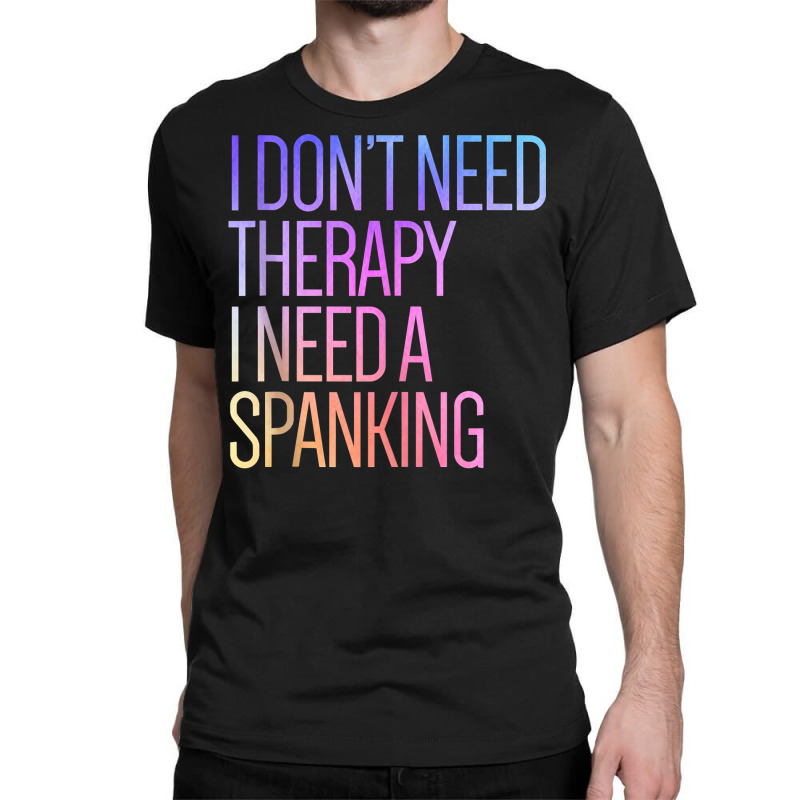spanking therapy

In the realm of unconventional therapies, one controversial trend has emerged: spanking therapy. While the very mention of it may raise eyebrows and stir debate, proponents argue that when administered in a controlled and consensual environment, spanking can offer therapeutic benefits beyond what meets the eye.
Spanking therapy, also known as erotic spanking or sensual spanking, involves the act of striking the buttocks of a consenting adult partner for arousal or as a form of stress relief. It draws from the realm of BDSM (bondage, discipline, sadism, and masochism) practices, but in the context of therapy, it’s approached with a focus on mental and emotional well-being rather than solely sexual gratification.
At first glance, the idea of spanking as therapy may seem absurd or even potentially harmful. However, proponents suggest that when conducted responsibly and within the boundaries of consent, it can offer a range of benefits.
One of the primary purported benefits of spanking therapy is stress relief. Much like massage or acupuncture, some individuals find that the physical sensation of spanking releases tension and promotes relaxation. It’s believed to stimulate endorphin production, which can induce feelings of pleasure and euphoria, leading to a sense of emotional release.
Furthermore, spanking therapy can facilitate communication and trust between partners. Engaging in an activity that requires explicit consent, clear boundaries, and open communication can strengthen the bond between individuals. It encourages participants to express their desires and limits openly, fostering a sense of trust and intimacy.
Another aspect often highlighted by proponents is its potential as a form of catharsis. For some individuals, spanking may serve as a symbolic act of atonement or release. By consenting to receive or administer a spanking, individuals may find a way to confront and process unresolved emotions or traumas in a safe and controlled environment.
Despite these potential benefits, it’s essential to acknowledge the controversy surrounding spanking therapy. Critics argue that it normalizes violence and may blur the lines between consensual play and abuse. There are valid concerns about the potential for coercion, particularly in cases where power dynamics are unequal or consent is unclear.
Moreover, the effectiveness of spanking therapy as a legitimate form of mental health treatment remains largely unexplored. While anecdotal evidence and personal testimonials abound, there is a lack of scientific research supporting its efficacy. Without rigorous empirical studies, it’s challenging to assess its long-term impact on mental well-being accurately.
Conclusion
Spanking therapy occupies a unique and contentious space within the realm of alternative therapies. While some individuals swear by its benefits for stress relief, communication, and catharsis, others caution against its potential risks and ethical concerns. As with any unconventional therapy, it’s crucial to approach spanking therapy with caution, ensuring that all participants engage consensually and responsibly, and to continue fostering open dialogue and research to better understand its implications for mental health and well-being.





